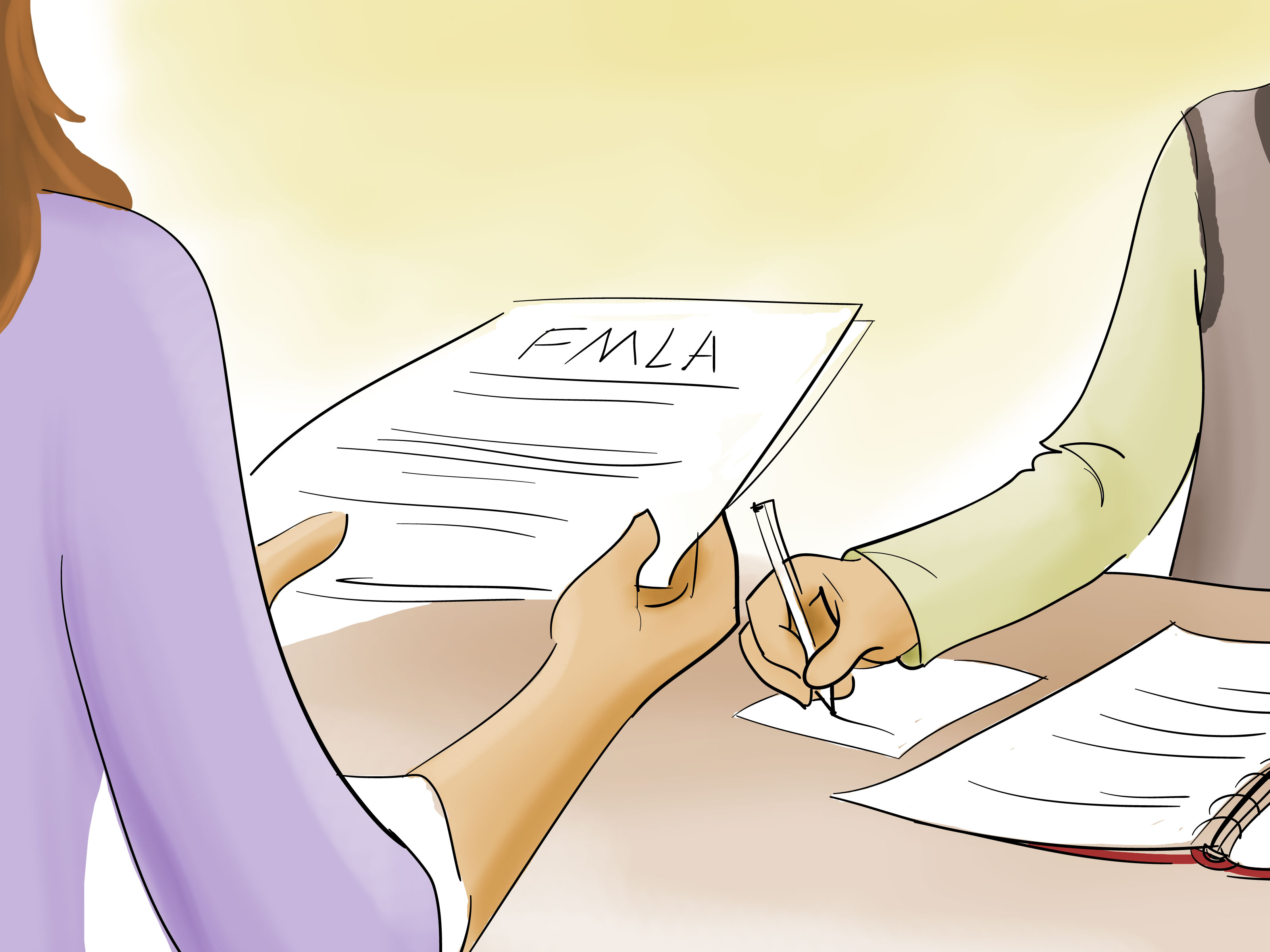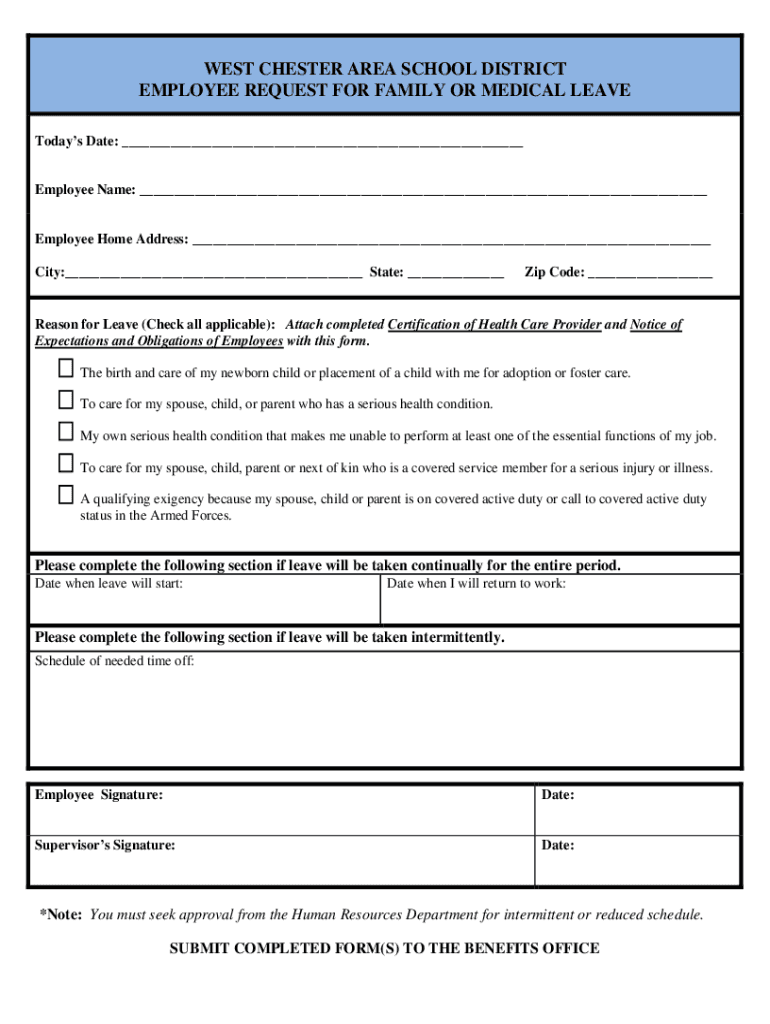FMLA Paperwork for Birth: A Step-by-Step Guide

If you are a soon-to-be parent planning to take leave under the Family and Medical Leave Act (FMLA) for the birth of your child, navigating the paperwork can be an overwhelming process. This guide will walk you through the step-by-step process of preparing and submitting your FMLA paperwork to ensure your leave is protected and your transition into parenthood is as smooth as possible.
Understand What FMLA Covers

Before delving into the paperwork, it’s crucial to understand what FMLA provides:
- Up to 12 weeks of unpaid, job-protected leave within a 12-month period.
- Continued health insurance coverage while on leave.
- Guaranteed reinstatement to the same or an equivalent position upon return.
Determine Your Eligibility

To qualify for FMLA, you must meet the following criteria:
- Work for a covered employer (those with 50 or more employees within a 75-mile radius).
- Have worked for your employer for at least 12 months.
- Have at least 1,250 hours of service during the 12-month period immediately before the start of FMLA leave.
Step 1: Notify Your Employer

Start by notifying your HR department or immediate supervisor of your intent to take FMLA leave:
- Timing: Give at least 30 days’ notice or as much notice as practicable if the leave is foreseeable.
- Written or Verbal: While verbal notice can suffice, following up in writing is advisable.
Step 2: Get the FMLA Paperwork

Your employer will provide you with the necessary forms. Typically, these include:
- Notice of Eligibility and Rights & Responsibilities (Form WH-381)
- Certification of Health Care Provider for Employee’s Serious Health Condition (Form WH-380-E)
- Designation Notice (Form WH-382)
📝 Note: Keep copies of all forms for your records.
Step 3: Complete the Forms

Here are the specifics for each form:
Notice of Eligibility and Rights & Responsibilities (Form WH-381)

- Your employer will complete this form and provide you with information about your rights under FMLA.
Certification of Health Care Provider for Employee’s Serious Health Condition (Form WH-380-E)

- Complete Part A with basic information about the birth.
- Have your healthcare provider fill out Parts B and C, detailing the health condition and expected care needs.
Designation Notice (Form WH-382)

- This form is completed by your employer to notify you if your leave qualifies as FMLA and outlines how your leave will be counted against your entitlement.
Step 4: Submit the Paperwork

Once all forms are filled out, submit them to your HR department or whoever manages leave at your company. Remember:
- Ensure all parts are complete to avoid delays or rejections.
- Track the submission through a tracking sheet or log.
Step 5: Follow Up and Review

After submission:
- Your employer has 5 business days to determine FMLA eligibility.
- Review the Designation Notice to understand how your leave will be managed.
⏳ Note: If there are any issues or additional requests, respond promptly to keep the process moving.
Understanding Intermittent Leave

If your situation requires intermittent or reduced leave, ensure you specify this on your forms:
- Describe the schedule needed for doctor appointments or other related activities.
- Your employer might require periodic updates on your or your child’s health condition.
| Form | Who Completes It | Purpose |
|---|---|---|
| WH-381 | Employer | To inform about FMLA rights and eligibility |
| WH-380-E | Employee and Healthcare Provider | To certify the health condition related to the birth |
| WH-382 | Employer | To designate leave as FMLA-protected |

Maintaining Communication

Keep an open line of communication with your employer:
- Update them on any changes in your leave schedule or if additional time is needed.
- Discuss your return-to-work plan in advance to ensure a smooth reintegration.
As you navigate through FMLA paperwork for your child's birth, understanding the process can significantly reduce stress and help protect your rights as an employee. From notifying your employer on time to correctly filling out and submitting the necessary forms, each step is crucial. While the paperwork might seem daunting, it is a vital part of ensuring your leave is secure and your family's well-being is prioritized.
Remember, thorough preparation and effective communication with your employer can make this process less challenging. By keeping detailed records, staying responsive to your employer's requests, and understanding your rights and responsibilities, you'll be well-equipped to handle this important life event without jeopardizing your professional standing or benefits.
What if I don’t have 30 days’ notice for my FMLA leave?

+
If the need for leave is not foreseeable, you should notify your employer as soon as possible and provide a written notice detailing the reasons for the delay in informing them.
Can my employer ask for additional information after receiving my FMLA forms?

+
Yes, your employer might request additional information to clarify details on the forms or to ensure compliance with FMLA regulations.
What if my employer denies my FMLA leave?

+
If your employer denies your FMLA leave and you believe it was due to errors in the forms or a misunderstanding of the law, you can appeal the decision internally or seek assistance from the U.S. Department of Labor’s Wage and Hour Division.



